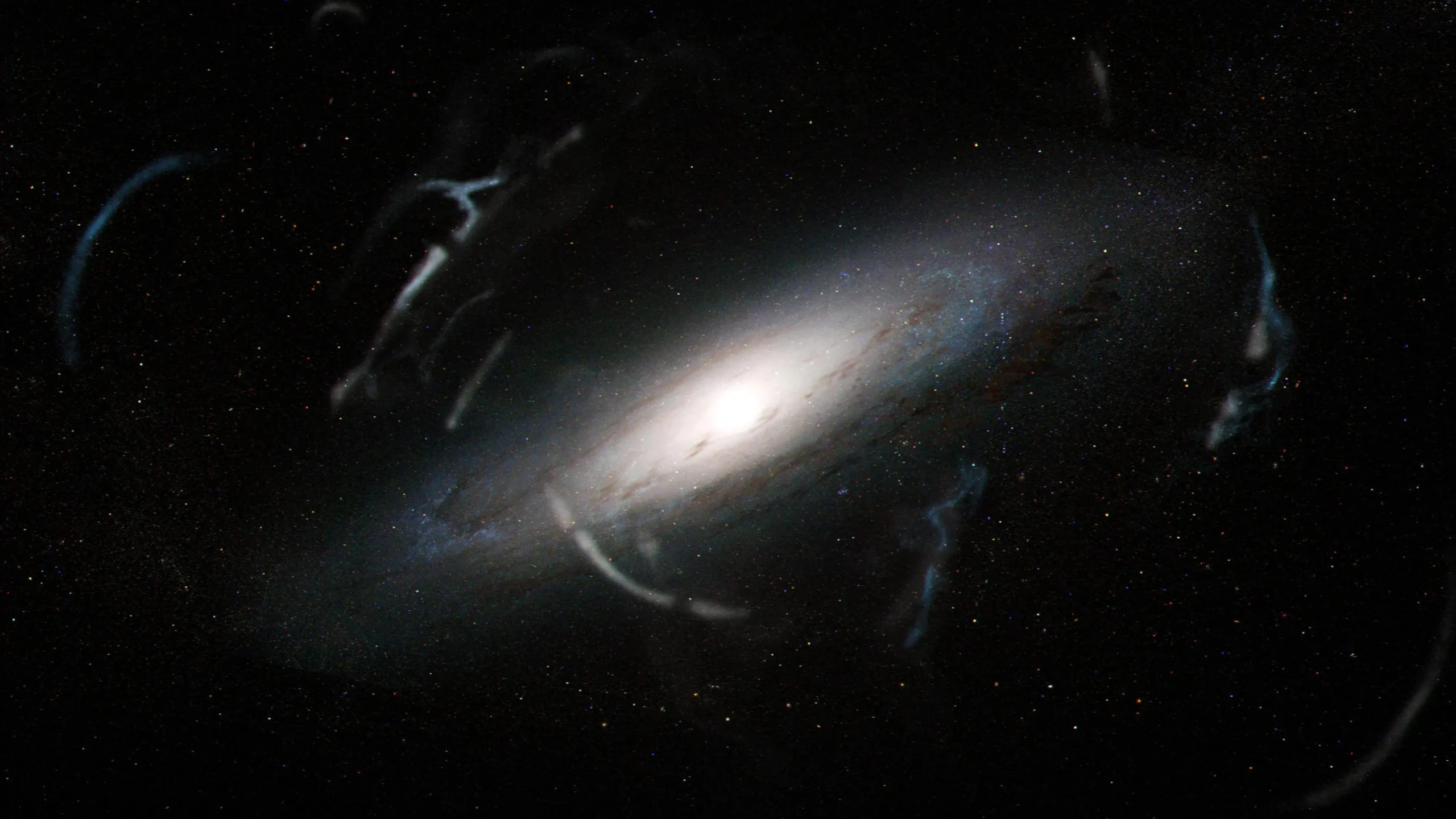"Informed AI News" is an publications aggregation platform, ensuring you only gain the most valuable information, to eliminate information asymmetry and break through the limits of information cocoons. Find out more >>
NASA's Roman Telescope to Study Dark Matter via Andromeda's Star Streams
- summary
- score

NASA's Nancy Grace Roman Space Telescope, set to launch by May 2027, aims to unveil dark matter by closely examining star streams in the Andromeda Galaxy. These streams, which are elongated groups of stars, sometimes show gaps that are likely caused by interactions with dark matter.
The Roman Telescope's superior imaging capabilities, which surpass those of the Hubble Space Telescope, will allow for detailed observations of these star streams. By analyzing the gaps within these streams, researchers hope to determine the properties of dark matter, a mysterious substance that affects galaxy rotation but does not emit or reflect light.
Christian Aganze and Tjitske Starkenburg, who are leading this research, expect that the Roman Telescope will be able to detect individual stars within Andromeda, providing unprecedented clarity on star streams and potential dark matter signatures. This could revolutionize our understanding of the dark matter halos surrounding galaxies.
At the same time, complementary missions such as the European Space Agency's Euclid and the Vera C. Rubin Observatory will also contribute to this cosmic puzzle, enhancing our knowledge of dark matter's role in the universe.
| Scores | Value | Explanation |
|---|---|---|
| Objectivity | 7 | Comprehensive, balanced reporting with in-depth analysis. |
| Social Impact | 4 | Influences public opinion on dark matter research. |
| Credibility | 6 | Solid evidence from authoritative sources, verified by multiple checks. |
| Potential | 6 | High potential to redefine dark matter understanding. |
| Practicality | 5 | Extremely practical, widely applied in practice. |
| Entertainment Value | 3 | Some entertainment value, attracts a portion of the audience. |